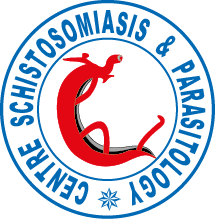Population genetic structure of Schistosoma mansoni and Schistosoma haematobium from across six sub-Saharan African countries: implications for epidemiology, evolution and control.
Abstract
We conducted the first meta-analysis of ten Schistosoma haematobium (one published and nine unpublished) and eight Schistosoma mansoni (two published and six unpublished) microsatellite datasets collected from individual schistosome-infected school-children across six sub-Saharan Africa countries. High levels of genetic diversity were documented in both S. haematobium and S. mansoni. In S. haematobium populations, allelic richness did not differ significantly between the ten schools, despite widely varying prevalences and intensities of infection, but higher levels of heterozygote deficiency were seen in East than in West Africa. In contrast, S. mansoni populations were more diverse in East than West African schools, but heterozygosity levels did not vary significantly with geography. Genetic structure in both S. haematobium and S. mansoni populations was documented, at both a regional and continental scale. Such structuring might be expected to slow the spread to new areas of anti-schistosomal drug resistance should it develop. There was, however, limited evidence of genetic structure at the individual host level, which might be predicted to promote the development or establishment of drug resistance, particularly if it were a recessive trait. Our results are discussed in terms of their potential implications for the epidemiology and evolution of schistosomes as well as their subsequent control across sub-Saharan Africa.
Keywords:
Africa; Evolution; Genetic diversity; Population structure; Schistosoma haematobium; Schistosoma mansoni
